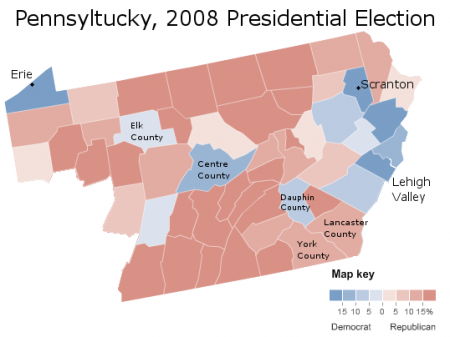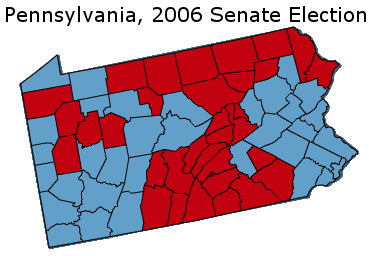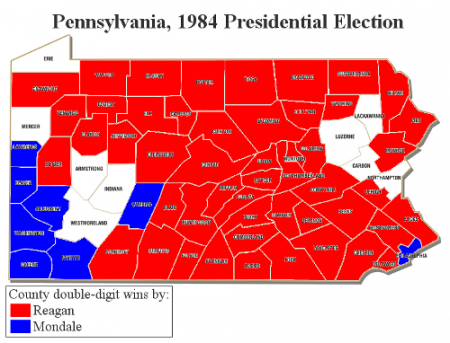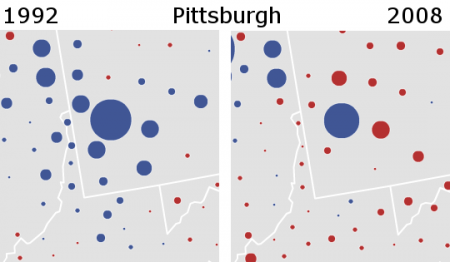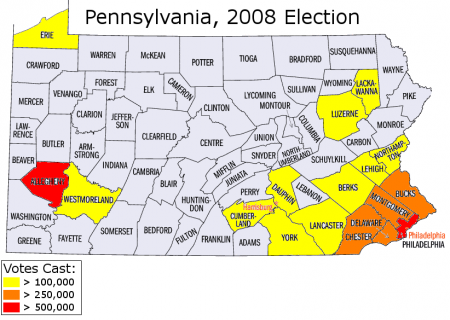Illinois is losing one congressional district this year – going from 19 to 18. I have created a map that takes the current map with a delegation of 11 Republicans and 8 Democrats to one with 12 Democratic seats and 6 Republican ones. I consider this an ambitious gerrymander favoring the Democrats, but one that is realistic and keeps a few things in mind:
1.) Michael Madigan is in charge and he will look out for his interests first. He also will never do a dummymander.
2.) The Democratic incumbents also have input and their interests will be considered. None of them will want their district lines to change much and all want their Democratic primary bases to be kept intact. They also don’t want to be thrown from safe seats to possibly competitive ones.
3.) African Americans will insist on maintaining their three black majority districts, no matter how much population they have lost in the city. The Hispanics will want at least one – two may be forced by the courts – but Madigan and his allies will likely push for one Hispanic district to maintain Lipinski’s seat. Also, we have seen in the City of Chicago that Hispanic majority seats often go to white incumbents who control the Democratic machine. Alderman Ed Burke’s 14th ward is 88% Hispanic, Madigan’s 13th ward is 72% Hispanic and just elected somebody named “Marty Quinn” to be Alderman.
4.) Madigan will go after Freshman GOP before those with more seniority. Not only are they easier targets, but having seniority on both sides of the aisle is good for Illinois.
Below is each new district with data and analysis. I have calculated the results from the 2010 Senate race (Kirk v. Giannoulias) and from the 2004 Presidential race (Bush v. Kerry – I know, old). I used the 2010 Senate race rather than the Governor’s race because it is on the Federal level, and to use data against moderate Republican. I did not calculate data from the 2008 election, because Obama’s landslide was far too big and unevenly distributed in Illinois (I feel Chicagoland was much more skewed than Downstate). The 2010 numbers are exact (to the precinct) except for Tazewell, Marion, Moultrie, and Menard Counties, which I allocated votes by ratio of population in each district. The same goes for 2004 numbers, except I had to extrapolate the precinct data for Lake and Will counties from 2010 data.
For now, here are three tables with election data, racial population data, and VAP data. I will add more analysis in the next few days.
District Kirk Alexi Bush Kerry PVI
1 24.80% 75.20% 23.00% 77.00% D+30
2 25.26% 74.74% 26.39% 73.61% D+28
3 48.14% 51.86% 44.25% 55.75% D+8
4 26.57% 73.43% 26.90% 73.10% D+28
5 47.72% 52.28% 41.53% 58.47% D+10
6 63.33% 36.67% 57.66% 42.34% R+6
7 18.61% 81.39% 15.81% 84.19% D+37
8 53.71% 46.29% 46.66% 53.34% D+4
9 47.77% 52.23% 39.12% 60.88% D+11
10 47.75% 52.25% 39.70% 60.30% D+11
11 68.75% 31.25% 60.55% 39.45% R+10
12 53.24% 46.76% 47.02% 52.98% D+4
13 49.12% 50.88% 45.12% 54.88% D+7
14 64.94% 35.06% 59.55% 40.45% R+8
15 68.33% 31.67% 59.68% 40.32% R+10
16 67.03% 32.97% 57.86% 42.14% R+8
17 56.61% 43.39% 46.84% 53.16% D+3
18 68.31% 31.69% 60.39% 39.61% R+10
ALL
District White Black Hispanic Asian
1 35.5% 52.7% 8.2% 2.0%
2 31.4% 52.8% 13.4% 0.8%
3 59.5% 6.1% 27.7% 5.4%
4 18.7% 4.1% 73.3% 2.9%
5 65.1% 2.2% 24.4% 6.7%
6 75.4% 3.7% 8.8% 10.3%
7 27.6% 54.5% 12.2% 4.1%
8 48.6% 8.7% 31.5% 9.1%
9 67.4% 7.8% 10.6% 12.0%
10 72.2% 3.4% 10.9% 11.5%
11 92.7% 3.2% 2.0% 0.8%
12 77.5% 16.6% 2.8% 1.1%
13 53.0% 12.7% 27.3% 5.0%
14 82.5% 1.6% 11.4% 3.2%
15 85.4% 6.8% 3.1% 2.9%
16 88.6% 2.6% 6.3% 1.1%
17 77.9% 12.4% 5.8% 1.5%
18 86.7% 5.4% 4.8% 1.6%
VAP
District White Black Hispanic Asian
1 38.0% 51.7% 6.9% 2.2%
2 34.5% 51.8% 11.7% 0.8%
3 64.0% 5.9% 23.5% 5.7%
4 23.2% 4.1% 68.3% 3.4%
5 69.1% 2.0% 20.9% 6.8%
6 77.7% 3.5% 7.5% 10.2%
7 31.1% 51.8% 11.0% 4.8%
8 54.1% 8.1% 26.9% 9.4%
9 69.2% 7.8% 9.3% 12.1%
10 74.7% 3.3% 9.3% 11.2%
11 93.5% 3.2% 1.7% 0.8%
12 80.0% 15.3% 2.4% 1.1%
13 58.3% 12.1% 23.4% 5.0%
14 85.3% 1.4% 9.4% 3.1%
15 86.7% 6.2% 2.7% 3.2%
16 90.8% 2.4% 4.9% 1.1%
17 81.7% 10.8% 4.6% 1.5%
18 88.7% 5.1% 3.8% 1.5%





















